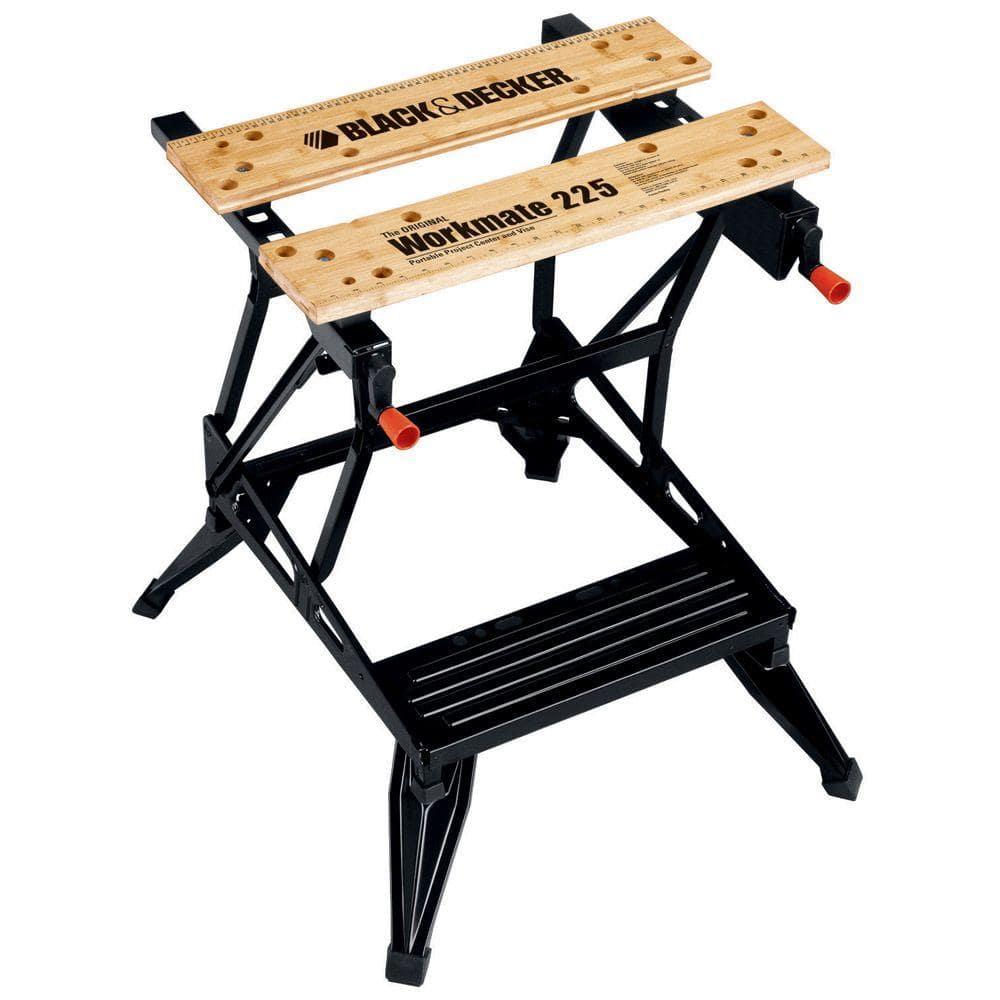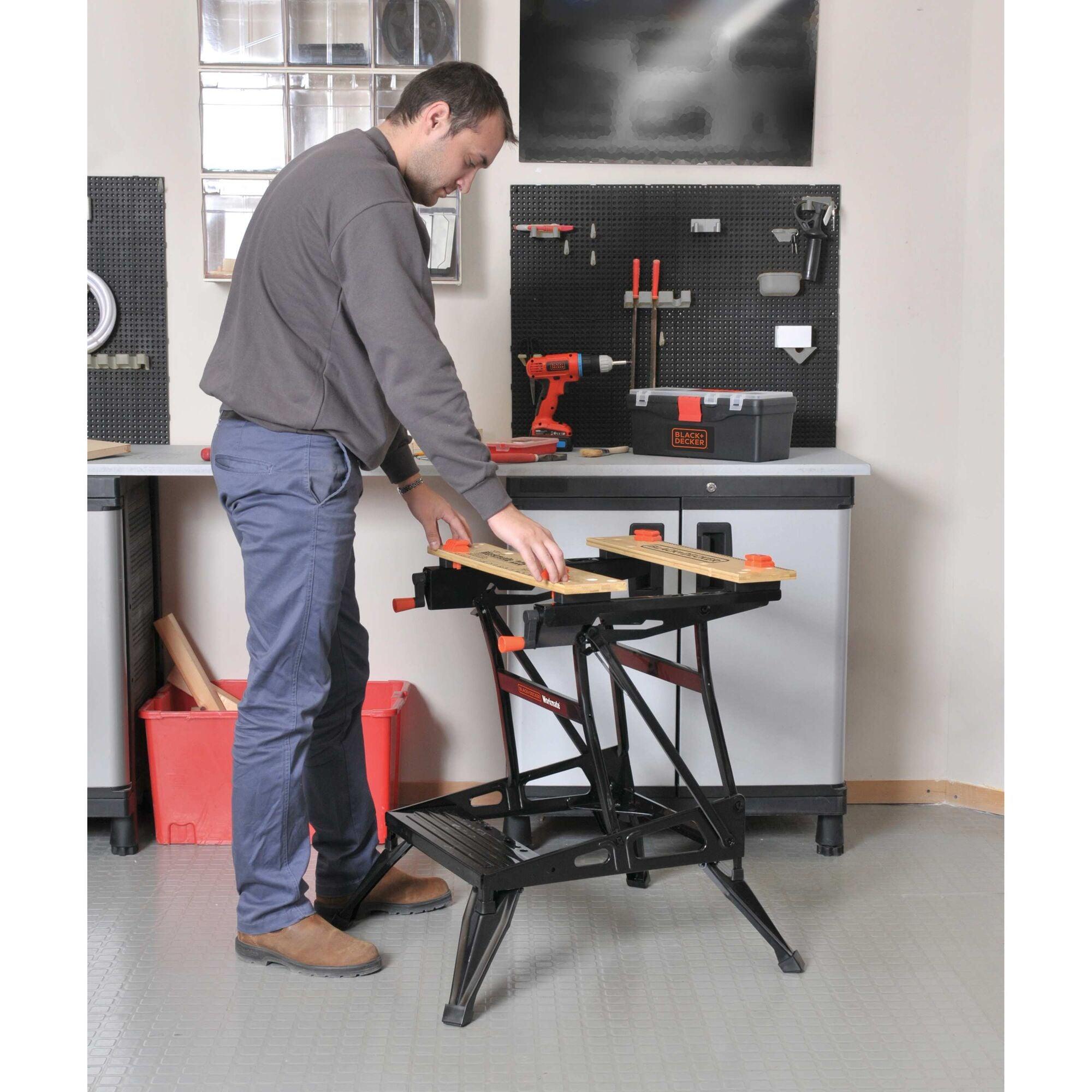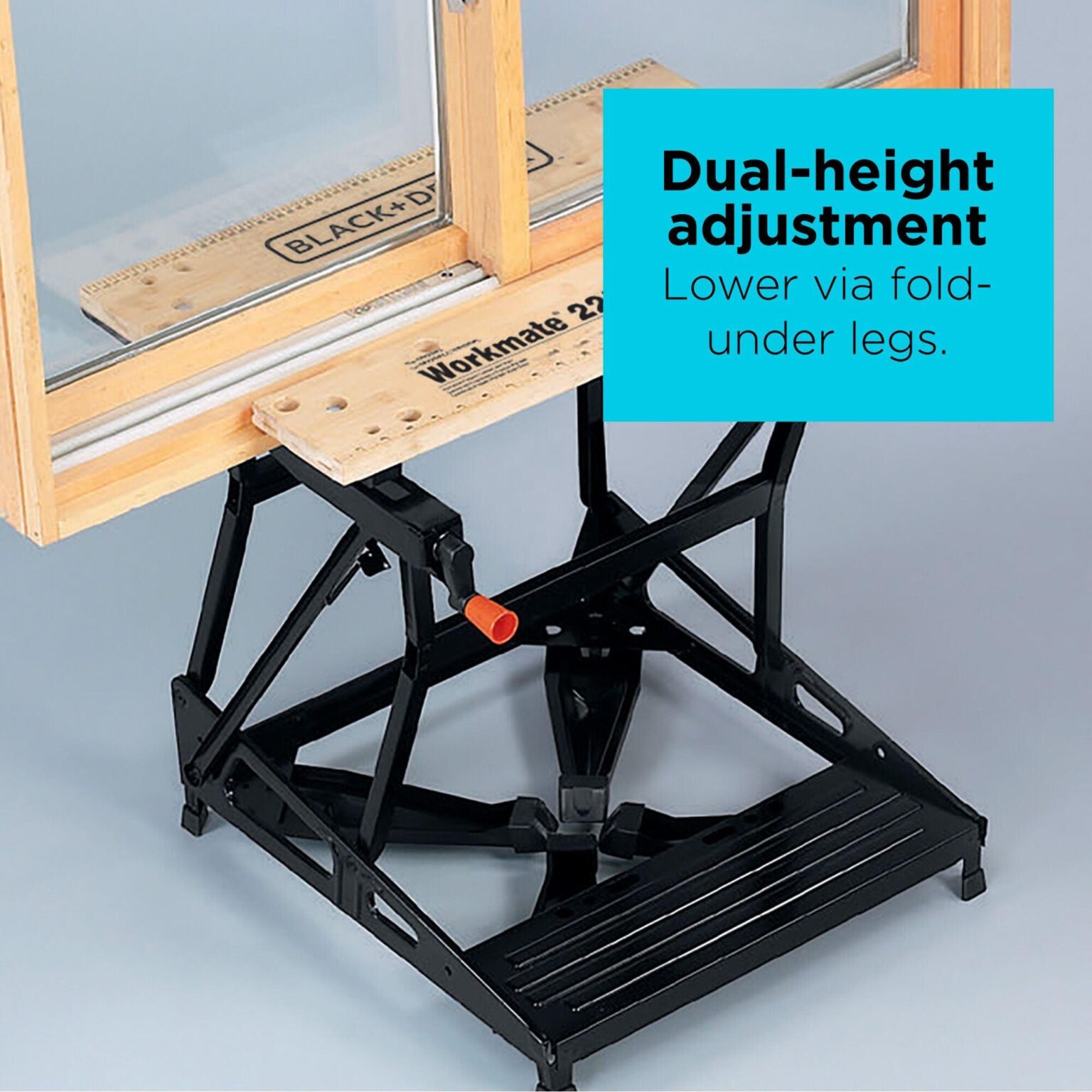In the realm of woodworking, where creativity meets craftsmanship, the right tools can make all the difference. Among the numerous options available to both amateur and seasoned woodworkers,the Black+Decker workmate 225 has carved out a niche for its versatility and accessibility. Though, while this workbench may shine in its ability to accommodate a range of projects, it also presents certain limitations that advanced craftsmen should consider before making it a cornerstone of their workshop. In this article,we will delve into the features and shortcomings of the Workmate 225,exploring how its design impacts more intricate woodworking tasks and whether it can truly keep pace with the nuanced demands of experienced artisans. Join us as we uncover the balance between convenience and capability in the world of woodworking.
Understanding the Structural constraints of the Workmate 225
The Black+Decker Workmate 225,while versatile for general DIY tasks,comes with inherent limitations that can affect more advanced woodworking projects. One of its primary structural constraints is the working surface area, which measures only 30 inches in width. This compact size can hinder the user’s ability to manage larger pieces of wood effectively, often requiring additional space or supports. Moreover, the clamping mechanism, designed for ease of use, may not provide the same grip strength and stability needed for precision cuts, leaving advanced woodworkers desiring more robust alternatives.
Another notable limitation lies in its weight capacity. The Workmate 225 is rated for relatively light loads, which may be insufficient for heavy-duty applications or significant timber pieces. Additionally, the overall construction, primarily composed of plastic and lightweight metals, can compromise rigidity and durability under stress, possibly risking damage to both the workstation and the workpiece.Consider the following attributes of the Workmate 225 against your project requirements:
| Feature | Details |
|---|---|
| Working Surface | 30 inches |
| weight Capacity | Up to 350 lbs |
| Construction Material | Plastic and lightweight metals |
These aspects underscore the need for woodworkers to evaluate their specific requirements carefully. For those venturing into more complex woodworking endeavors, seeking a workstation with enhanced features may be essential to ensure precision, stability, and safety during operation.

Evaluating Stability and Weight Capacity in Advanced Projects
When delving into advanced woodworking projects, the Black+Decker Workmate 225 presents certain limitations that merit close examination. An essential factor is the workbench’s stability during complex tasks, particularly when handling large or heavy materials. Woodworkers must consider the following aspects that can affect stability:
- Weight Distribution: Uneven weight can lead to tipping, especially at maximum capacity.
- Base Design: The foldable design may lack robust support for high-torque applications.
- Surface Material: The type of materials used for workpieces can significantly influence grip and stability.
Moreover, assessing the weight capacity of the Workmate 225 is crucial for any serious project. While it can handle moderate loads, it is essential to be aware of its limitations. Below is a breakdown of its capacity parameters:
| Specification | Measurement |
|---|---|
| Max Weight Capacity | 350 lbs |
| Workbench Dimensions | 33.1 x 22.4 inches |
| Folded Height | 30 inches |
it becomes evident that while the Workmate 225 is functional for lighter tasks, its limitations may hinder efficiency when aspiring towards more complex and demanding woodworking projects. Careful consideration of its specifications alongside user needs is vital for optimal performance.

Tool Compatibility and Accessory Limitations for Professionals
While the Black+Decker Workmate 225 is a versatile tool for general woodworking projects, it does come with certain limitations that advanced woodworkers should consider. One of its primary constraints is its weight capacity, which is rated at a mere 350 lbs. This means that for larger, more complex builds or while handling heavier materials, you may find it lacking in stability. Additionally, the design of the Workmate 225 may restrict access for specialized tools. The clamps, while functional, can hinder the use of certain accessories which require more clearance, thus limiting the range of projects you can undertake. advanced woodworkers looking for a high-degree of customization will find this model quite basic.
Accessory compatibility is another area where the Workmate 225 may fall short for professionals. Unlike its more robust counterparts, it does not support a wide array of attachments, which can stymie creative workflows. Consider the following limitations when assessing its compatibility with accessories:
- No built-in power ports: This may require additional extension cords for tools that need power.
- Limited clamp sizes: Only accommodates standard clamping accessories, making it challenging to secure unconventional materials.
- Non-adjustable height: The fixed height might not suit all woodworking needs, particularly for intricate or detailed tasks.

Enhancing the Workmate 225: Practical Tips for Improved Functionality
To maximize the potential of your Workmate 225 and address some of its limitations, consider implementing a few practical modifications. One effective upgrade is to enhance the surface area of the workbench. By affixing a sturdy plywood sheet to the top, you increase the versatility and stability for larger projects. Additionally, integrating clamp-on jigs can help secure irregular shapes, allowing for precision work that often proves challenging with the standard setup. Investing in a sturdy rubber mat to lay under the Workmate can absorb vibrations and prevent slipping, contributing to a safer working environment.
Another way to improve functionality is by incorporating accessory tools that complement the Workmate’s capabilities. Here are some items to consider:
- Adjustable Vices: upgrading to heavy-duty vices can offer better grip for various woodworking tasks.
- Swift-Release Clamps: these can expedite setup and teardown when switching between projects.
- Magnetic Tool Holders: Keeping tools within arm’s reach reduces clutter and enhances efficiency.
The below table highlights some valuable accessory tools that can be combined with the Workmate 225:
| Accessory | Benefit |
|---|---|
| Heavy-Duty Vices | Improved grip and stability |
| Quick-Release Clamps | Enhances workflow efficiency |
| Magnetic Tool holders | Reduces tool clutter |
In Summary
while the Black+Decker Workmate 225 certainly has its merits, particularly for hobbyists and casual DIYers, it may fall short for those venturing into the more intricate realms of advanced woodworking. Its compact design and affordability are appealing, yet the limitations in clamping strength, material capacity, and assembly stability present challenges for seasoned craftsmen seeking precision and durability. As with any tool in the workshop, understanding its capabilities and restrictions is crucial. For those serious about elevating their woodworking projects, it may be worth exploring additional options that complement the ambition of your craft. Remember, the right tools are key to unlocking your creative potential, so choose wisely and let your imagination take flight!



